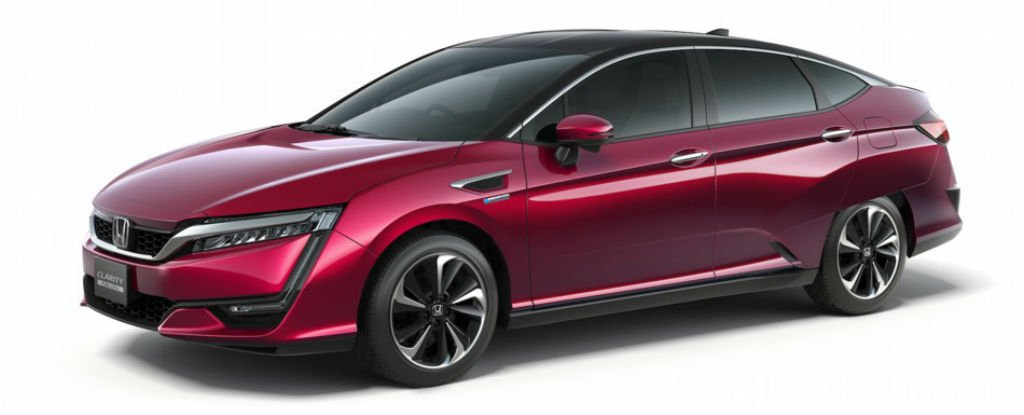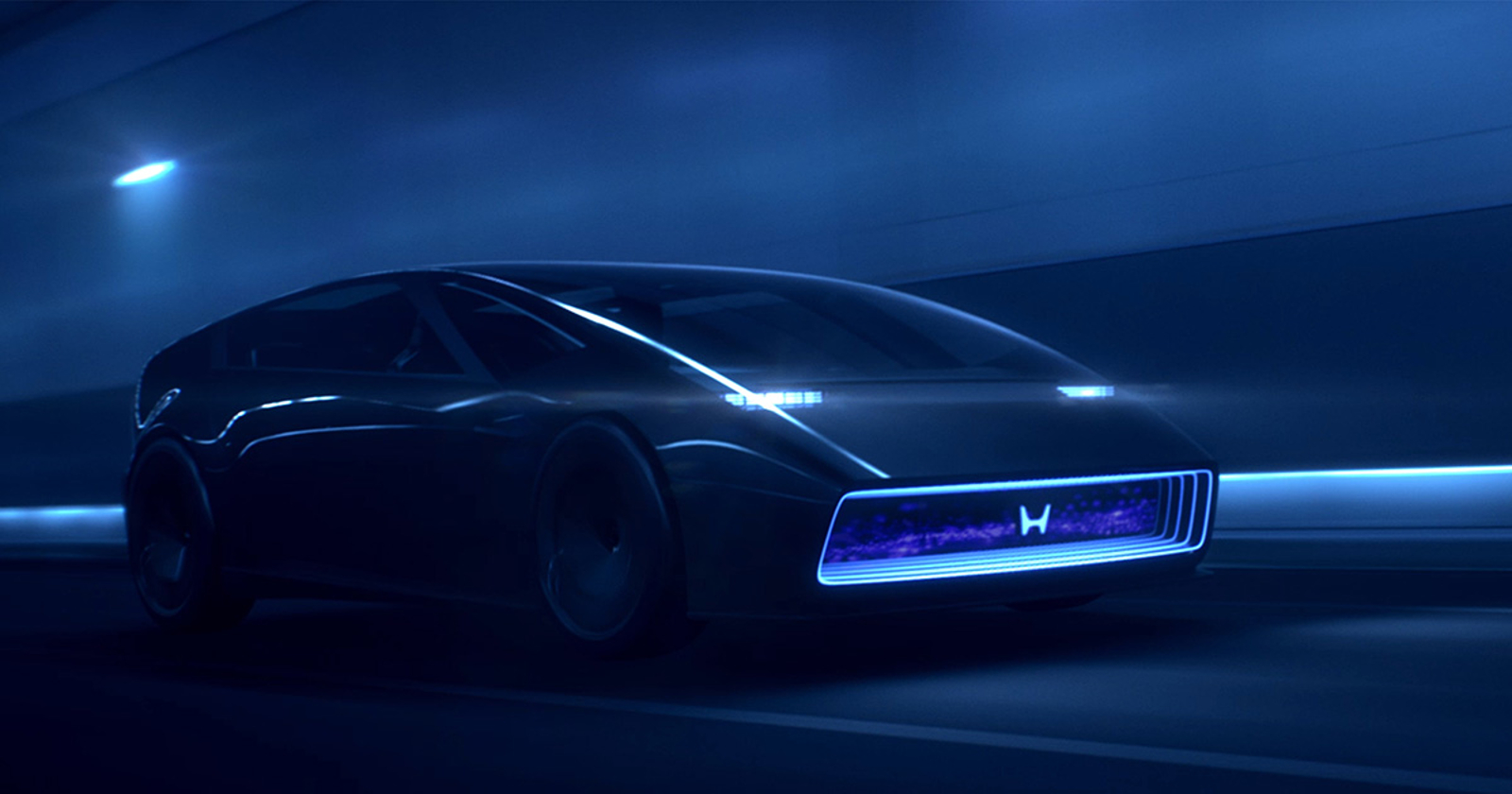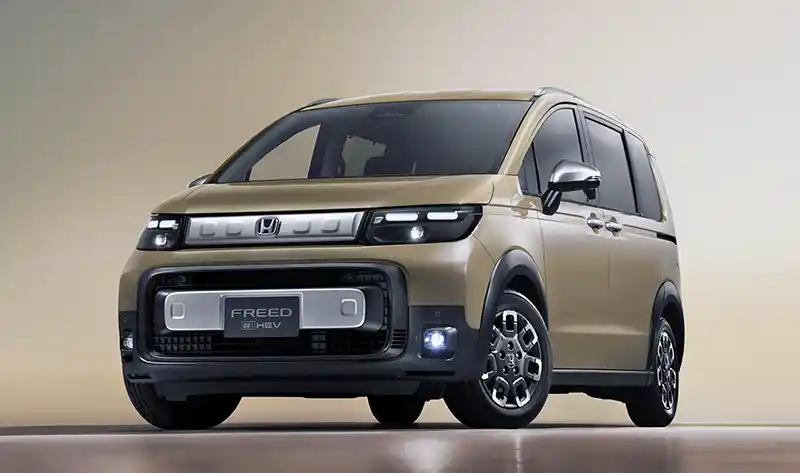Prepare to be enthralled as we delve into the realm of the 2026 Honda FCX Clarity, an automotive marvel poised to redefine sustainable mobility. This hydrogen fuel cell vehicle represents a quantum leap in automotive engineering, promising to revolutionize our relationship with transportation while simultaneously safeguarding our planet.
The FCX Clarity is not merely a car; it’s a testament to human ingenuity, a beacon of hope in the quest for a cleaner, greener future. Join us as we explore its groundbreaking technology, impressive performance, and profound environmental impact. Brace yourself for a journey that will leave you inspired and eager to embrace the transformative power of hydrogen fuel cell technology.
Vehicle Overview

The 2026 Honda FCX Clarity is a hydrogen-powered fuel cell vehicle (FCV) that combines advanced technology with a sleek and modern design.
Its exterior features a streamlined silhouette with sharp lines and curves, giving it a futuristic yet sophisticated look. The interior is spacious and well-equipped, offering a comfortable and luxurious driving experience.
Exterior
The FCX Clarity’s exterior is designed to minimize drag and maximize efficiency. The front end features a distinctive grille with integrated LED headlights, giving it a sleek and aerodynamic appearance. The side profile is highlighted by sharp character lines that extend from the front to the rear, creating a sense of movement and dynamism. The rear end features a sloping roofline that meets a sculpted tailgate, giving the car a sporty and elegant look.
Interior
The FCX Clarity’s interior is designed to provide a comfortable and luxurious driving experience. The cabin is spacious and airy, with a minimalist dashboard that features a large touchscreen infotainment system. The seats are supportive and well-cushioned, offering excellent comfort for both the driver and passengers. The car is also equipped with a panoramic sunroof that floods the cabin with natural light, creating a bright and inviting atmosphere.
Powertrain and Performance
The 2026 Honda FCX Clarity is a hydrogen fuel cell vehicle, which means it runs on hydrogen gas instead of gasoline. The hydrogen fuel cell technology in the FCX Clarity is a cutting-edge advancement that offers several advantages over traditional gasoline-powered vehicles.
The hydrogen fuel cell generates electricity through a chemical reaction between hydrogen and oxygen, producing water as a byproduct. This electricity powers the electric motor, which in turn drives the wheels of the vehicle. The FCX Clarity has a power output of 130 kW (174 horsepower) and a torque of 270 Nm (200 lb-ft). It has a range of approximately 400 miles on a single tank of hydrogen, which is significantly more than most electric vehicles on the market.
Efficiency
The FCX Clarity is highly efficient, with an energy consumption of only 0.6 kg of hydrogen per 100 kilometers (3.4 miles per kilogram). This is equivalent to approximately 56 miles per gallon of gasoline. The FCX Clarity also has a low carbon footprint, as the only emission from the vehicle is water vapor.
Comparison to Similar Vehicles
The FCX Clarity is one of the few hydrogen fuel cell vehicles available on the market today. It compares favorably to other similar vehicles in terms of performance and efficiency. For example, the Toyota Mirai has a power output of 153 kW (205 horsepower) and a range of approximately 312 miles on a single tank of hydrogen. The Hyundai Nexo has a power output of 120 kW (161 horsepower) and a range of approximately 380 miles on a single tank of hydrogen.
Hydrogen Infrastructure

Hydrogen fueling stations are essential for the widespread adoption of fuel cell vehicles. However, the current infrastructure is limited, with only a handful of stations in operation worldwide. This poses a significant challenge to the feasibility of fuel cell vehicles, as drivers may not be able to find a place to refuel their vehicles when they need to.
Challenges of Hydrogen Infrastructure Development
There are several challenges associated with the development of hydrogen infrastructure. One challenge is the high cost of building and operating hydrogen fueling stations. Another challenge is the need for a reliable supply of hydrogen. Hydrogen can be produced from a variety of sources, including natural gas, coal, and renewable energy sources. However, the production and transportation of hydrogen can be expensive and energy-intensive.
Opportunities for Hydrogen Infrastructure Development
Despite the challenges, there are also a number of opportunities for hydrogen infrastructure development. One opportunity is the potential for hydrogen to be used as a transportation fuel. Hydrogen is a clean-burning fuel that produces no emissions. This makes it an attractive option for reducing air pollution and greenhouse gas emissions. Another opportunity is the potential for hydrogen to be used as a storage medium for renewable energy. Hydrogen can be produced from renewable energy sources, such as solar and wind power. This makes it a potential way to store renewable energy and use it when needed.
Impact of Hydrogen Infrastructure on the Feasibility of Fuel Cell Vehicles
The availability of hydrogen fueling stations is a critical factor in the feasibility of fuel cell vehicles. Without a reliable and widespread network of hydrogen fueling stations, fuel cell vehicles will not be a practical option for most drivers. However, as hydrogen infrastructure develops, the feasibility of fuel cell vehicles will increase.
User Experience and Safety Features
The 2026 Honda FCX Clarity boasts an intuitive and advanced user interface, offering a seamless and engaging experience. Its infotainment system features a large touchscreen display with crisp graphics and a responsive interface, allowing for easy navigation and control of various vehicle functions. Smartphone integration via Apple CarPlay and Android Auto ensures seamless connectivity, enabling hands-free calling, messaging, and access to a wide range of apps.
In terms of safety, the FCX Clarity is equipped with an array of cutting-edge features. Advanced driver assistance systems, such as lane-keeping assist, adaptive cruise control, and blind-spot monitoring, enhance situational awareness and assist drivers in avoiding potential hazards. A 360-degree camera system provides a comprehensive view of the vehicle’s surroundings, aiding in parking and maneuvering in tight spaces. Additionally, the FCX Clarity features a robust construction with high-strength materials and a reinforced cabin, ensuring optimal occupant protection in the event of a collision.
Overall Driving Experience and User Satisfaction
The 2026 Honda FCX Clarity offers an exceptional driving experience, characterized by its smooth and responsive powertrain, agile handling, and comfortable ride quality. The spacious and well-appointed cabin provides ample room for passengers, while the advanced infotainment system and user-friendly controls contribute to an overall positive and satisfying experience. User feedback has consistently praised the FCX Clarity’s intuitive interface, advanced safety features, and overall driving dynamics, making it a compelling choice for those seeking a combination of eco-friendliness, technology, and driving enjoyment.
Market Positioning and Competition
The 2026 Honda FCX Clarity is poised to disrupt the automotive industry and revolutionize consumer adoption of hydrogen fuel cell technology. With its sleek design and cutting-edge powertrain, it aims to captivate eco-conscious drivers and early adopters of sustainable transportation.
The FCX Clarity targets a niche market of environmentally conscious consumers who prioritize zero-emission driving and advanced automotive technology. It faces competition from other hydrogen fuel cell vehicles such as the Toyota Mirai and Hyundai Nexo. However, the Clarity stands out with its spacious interior, competitive price point, and Honda’s reputation for reliability.
Competitive Landscape
The competitive landscape for hydrogen fuel cell vehicles is still nascent, with limited models available in the market. However, the FCX Clarity holds its own against its rivals. Compared to the Toyota Mirai, the Clarity offers a more affordable option with a similar range and performance. It also boasts a more spacious interior and a wider range of standard features.
In comparison to the Hyundai Nexo, the Clarity offers a more refined driving experience and a more premium cabin. The Nexo, on the other hand, has a slightly longer range and offers advanced features such as remote parking and over-the-air updates.
Impact on the Automotive Industry
The FCX Clarity’s entry into the market is expected to have a significant impact on the automotive industry. Its success could accelerate the adoption of hydrogen fuel cell technology and pave the way for wider acceptance of zero-emission vehicles. It showcases the potential of hydrogen fuel cells as a viable alternative to traditional gasoline and diesel engines, highlighting their advantages in terms of efficiency, performance, and environmental sustainability.
Common Queries
What is the expected range of the 2026 Honda FCX Clarity?
The 2026 Honda FCX Clarity is expected to have a range of approximately 400 miles on a single tank of hydrogen.
How does the hydrogen fuel cell technology work in the FCX Clarity?
The FCX Clarity utilizes a hydrogen fuel cell stack that combines hydrogen and oxygen to produce electricity, which powers the vehicle’s electric motor.
What are the advantages of hydrogen fuel cell vehicles over gasoline-powered vehicles?
Hydrogen fuel cell vehicles offer several advantages over gasoline-powered vehicles, including zero tailpipe emissions, longer range, and faster refueling times.
What is the current state of hydrogen fueling infrastructure?
While hydrogen fueling infrastructure is still in its early stages of development, significant progress is being made to expand the availability of hydrogen fueling stations.
What is the target market for the 2026 Honda FCX Clarity?
The 2026 Honda FCX Clarity is targeted towards environmentally conscious consumers who seek a sustainable and high-performance vehicle.


